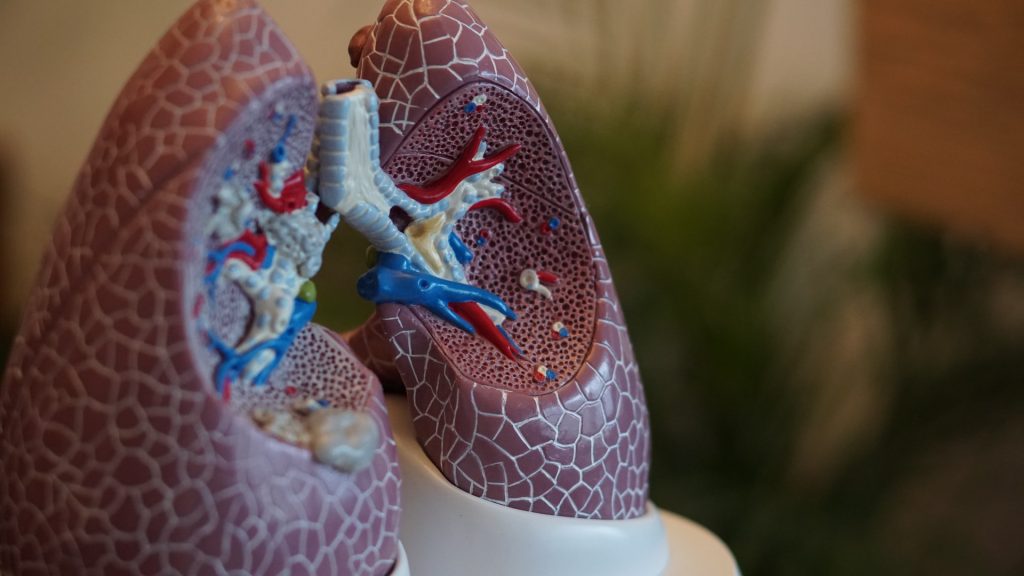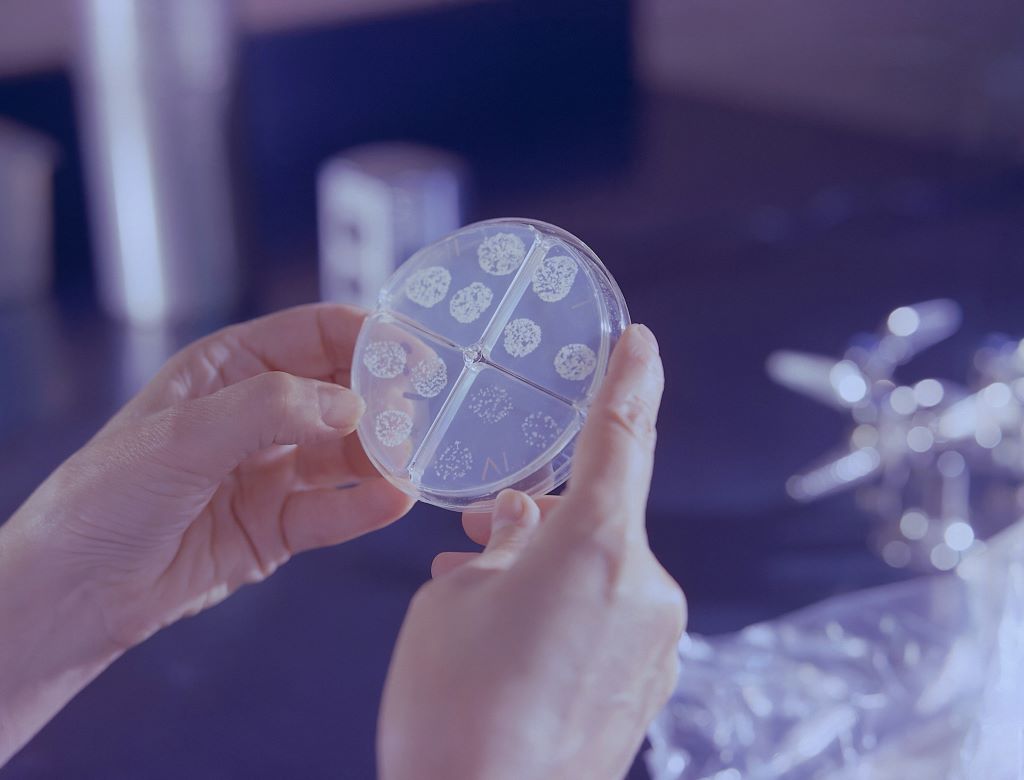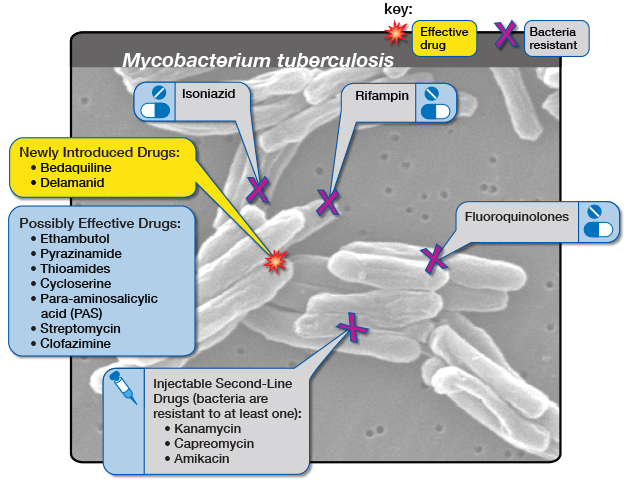Useless Antibiotic Prescriptions are Getting out of Hand

According to a massive new medical insurance database study, the U.S. is going the wrong way with antibiotic stewardship, with 1 in 4 prescriptions going to patients who have conditions that the drugs simply won’t work on. In fact, the percentage of all antibiotic prescriptions given to treat conditions they’re useless against was even higher in December 2021 than it was before the pandemic began, the study shows – increasing the rate of antibiotic resistance development.
The percentage inappropriate prescriptions actually fell slightly in the early months of the pandemic, when far fewer people sought medical care for infectious or non-infectious reasons, the new research shows. But this trend was soon reversed.
The study, published in the journal Clinical Infectious Diseases by a team from the University of Michigan, Northwestern University and Boston Medical Center, is based on data from more than 37.5 million children and adults covered by private insurance or Medicare Advantage plans from 2017 to 2021. Patients received antibiotic prescriptions from both in-person and telehealth visits.
The team looked back at any new diagnosis given to each patient on the day they received a prescribed antibiotic or in the three days before getting the prescription. If none of these diagnoses justified the use of antibiotics, they classified the prescription as inappropriate.
Key findings:
- In all, 60.6 million antibiotic prescriptions were dispensed in the five years of the study period from January 2017 to December 2021. The share that were inappropriate rose from 25.5% to 27.1% during this period.
- The proportion of people getting inappropriate antibiotics was 1.7% in December 2019, dipped to 0.9% in April 2020 – largely because fewer people get antibiotics in general – and returned to 1.7% by December 2021.
- Some groups of people were more likely to receive inappropriate antibiotics. At the end of 2021, 30% of antibiotics for older adults with Medicare Advantage coverage were inappropriate, compared with 26% of antibiotics for adults with private health insurance and 17% of antibiotics for children with private insurance.
- Among the diagnoses listed for people who received antibiotics for inappropriate reasons, “contact with and suspected exposure to COVID-19” was one of top two most common reasons from March 2020 through December 2021. There is no evidence that taking antibiotics after an exposure can reduce risk of developing COVID-19.
- Of all the inappropriately prescribed antibiotics dispensed in the last half of 2021, 15% were for a COVID-19 infection. And COVID-19 infections accounted for 2% of all antibiotic prescribing – regardless of appropriateness – from March 2020 through December 2021.
- Telehealth appointments accounted for 9% of all inappropriate antibiotic prescriptions in the latter half of 2021, down somewhat from 2020. There were almost no telehealth-based antibiotic prescriptions before March 2020.
- For 28% to 32% of the antibiotic prescriptions filled by patients in the study period, there was no diagnosis available to judge appropriateness, potentially because the patient received the prescription at an appointment that didn’t get billed to their insurance, or it was a refill of a past prescription. The percentage was especially high in the first months of the pandemic.
- 45% of all the patients in the study received antibiotics at least once in the five years, and 13% received them four or more times.
Source: University of Michigan








